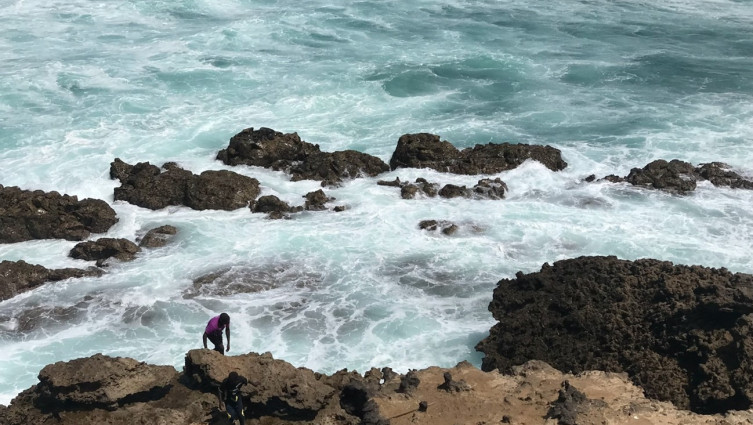How about some mussels from Angola?
Contributing to the study of threats and possible contamination of bivalves in Namibe, Angola, was the reason for the trip of our researchers Adelino Canário and João Cardoso to that country.
The partnership project with the University of Namibe includes the interchange of staff between the two institutions and is planned to stimulate capacity building through training and knowledge exchange.
Why did we go to Namibe?
We went to Namibe a province in the South of Angola for a sampling field trip in the context of the HeathyBi4Namibe project to collect bivalve samples from different coastal areas and to provide an overview of the potential threats that affect bivalve quality and food safety for human consumption. Food poisoning from eating raw or poorly cooked bivalves is very common and a major public health burden because most bivalves consumed come directly from the environment and proper seafood security monitoring is non-existent. We aimed to create opportunities for sustainable development of bivalve mariculture and stimulation of the local economy and employment.
We visited several coastal areas, markets and companies to collect mussels for analysis
During our visit which lasted for 15 days, we visited several coastal areas, markets and companies to collect mussels for analysis. Namibe is a coastal desert and one of the oldest deserts with the world's driest regions. Several unusual species of plants and animals are found being one of the most well-known endemic plants the shrub-like plant Welwitschia mirabilis, which we had the opportunity to see on our way to our sampling trip to Tombwa.
Interchange of staff
Within HeathyBi4Namibe this was the first visit of the CCMAR team to our partner institution the University of Namibe (UNINBE) but the interchange of staff between the two institutions is planned to stimulate capacity building through training and knowledge exchange.




